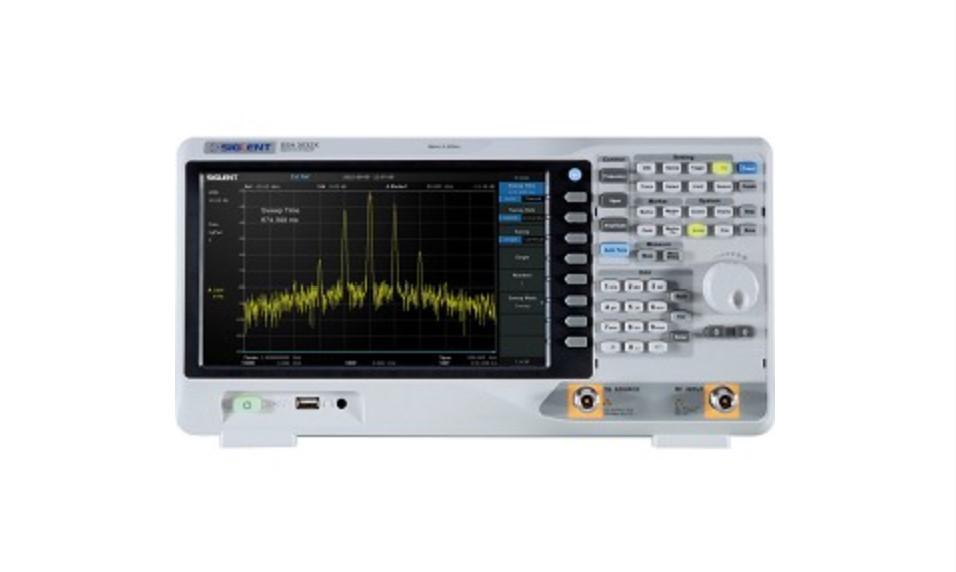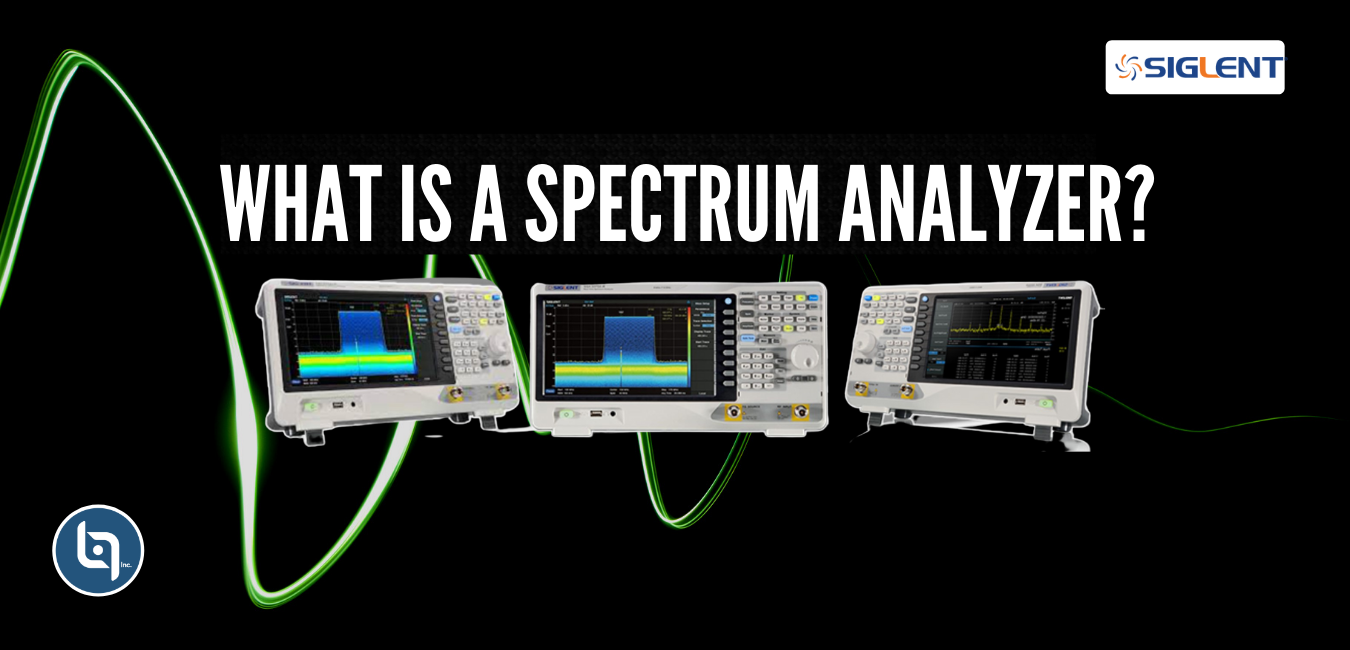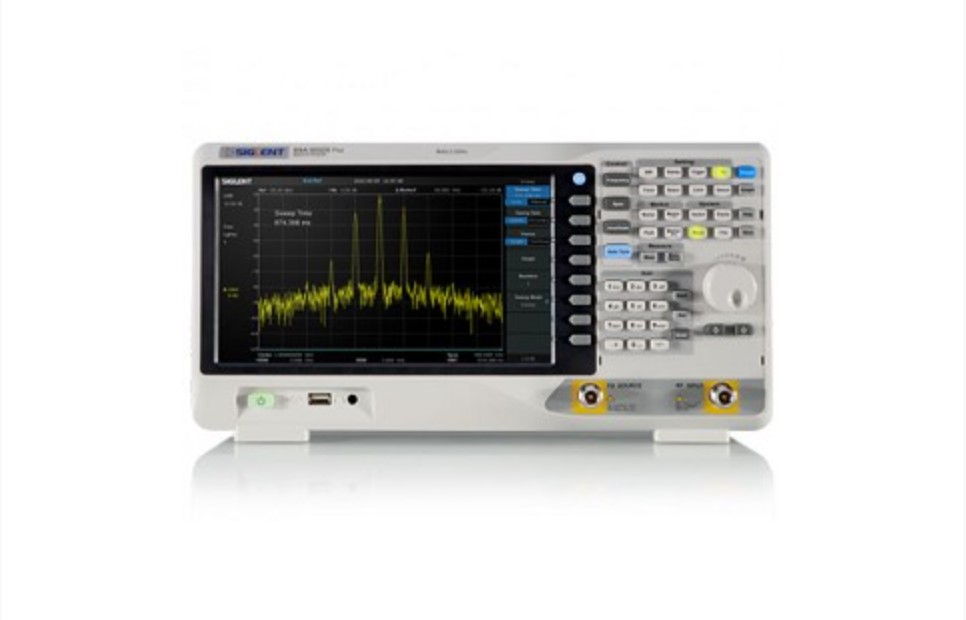In this blog, we will explain what is a spectrum analyzer, the different types of spectrum analyzers and what is a spectrum analyzer used for.
What is a spectrum analyzer?
A spectrum analyzer is a type of electronic device that measures the magnitude/ strength of a given input signal set against the full frequency range of the instrument. The spectrum displays data in a graph, where the amplitude is represented on the y-axis and the frequency on the x-axis. The most popular uses for a spectrum analyzer are data collection, remote monitoring, and pre-compliance test sequencing.

Types of spectrum analyzers
Spectrum analyzers are divided into two kinds: swept-tuned analyzers and real-time analyzers;
Real-time analyzers and swept-tuned analyzers have been around for a long time. Spectrum analyzers, on the other hand, have advanced significantly in the last decade or so. Digital signal processing is used in these newer spectrum analyzers to provide extra measuring capability and make it easier to comprehend test results.
The amplitude against frequency is displayed on both swept-tuned and real-time spectrum analyzers. The way they process and show this data, on the other hand, varies depending on the type of analyzer.
-
Swept-tuned analyzer
-
A swept-tuned spectrum analyzer shows measurement results in sequential order, rather than in real-time.’ This is because a swept-tuned analyzer produces a spectrum display by using a single narrow filter tuned across a range of frequencies.
-
A Swept-tune analyzer was used as a device for higher frequency applications. For instance, 100 kHz and above.
-
-
Real-time spectrum
-
A real-time spectrum analyzer concurrently displays the energy at all frequency components.
-
Real-time spectrum analyzers are for lower frequencies such as audio-frequency and vibration measurements.
-
-
Digital spectrum analyzer
-
This type of spectrum analyzer is the most popular today since it let us analyze the signals easy, efficient and superb way.
-
Here at Logicbus, we have Spectrum analyzers that offer a frequency range of 9 kHz to 2.1/3.2 GHz. With their lightweight, small size, and friendly user interface, the SSA3000s present a bright easy to read display, powerful and reliable automatic measurements, and plenty of impressive features. Spectrum analyzers include EasySpectrum software, which provides a remote control interface for SIGLENT SSA3000.
-
Why are spectrum analyzers important?
Spectrum analyzers are important since they give us the opportunity to examine the complete signal spectrum as well as other aspects like spurious signals, noise, modulated signal width, and so on while testing and designing such circuits and systems.
For example, to test and design sophisticated systems like WIFI, mobile networking, communications, wireless (IoT), radio, and other wireless communications it was essential to see in a complete spectrum their signal. This is why spectrum analyzers are important.
Frequently asked questions:
- What are the applications of a spectrum analyzer?
-
Applications include research and development, education, production, maintenance, and pre-compliance.
-
- What do spectrum analyzers measure?
-
It shows noise, false signals, complicated waveforms, and unusual short-duration occurrences. Rapid signals can be analyzed with spectrum analyzers, as well as burst transmissions and glitches, and whether stronger signals are concealing weaker ones.
-
- Advantages of a spectrum analyzer
-
It is less expensive when compared with the oscilloscope
-
- What are the differences between spectrum analyzers and oscilloscopes?
-
Oscilloscopes are limited in sample speed. They could see signals down to DC, but only up to a few GHz. On the other hand, spectrum analyzers could see high into the microwave range, but they missed transient signals as they swept.
-
Visit our website:
www.logicbus.com




sales@logicbus.com | support@logicbus.com | +1 619 616 7350 | Start conversation


